AUTUMN IN MY VALLEY – THE AMBER VALLEY, DERBYSHIRE.
“Notice that autumn is more the season of the soul than of nature.”
Friedrich Nietzsche


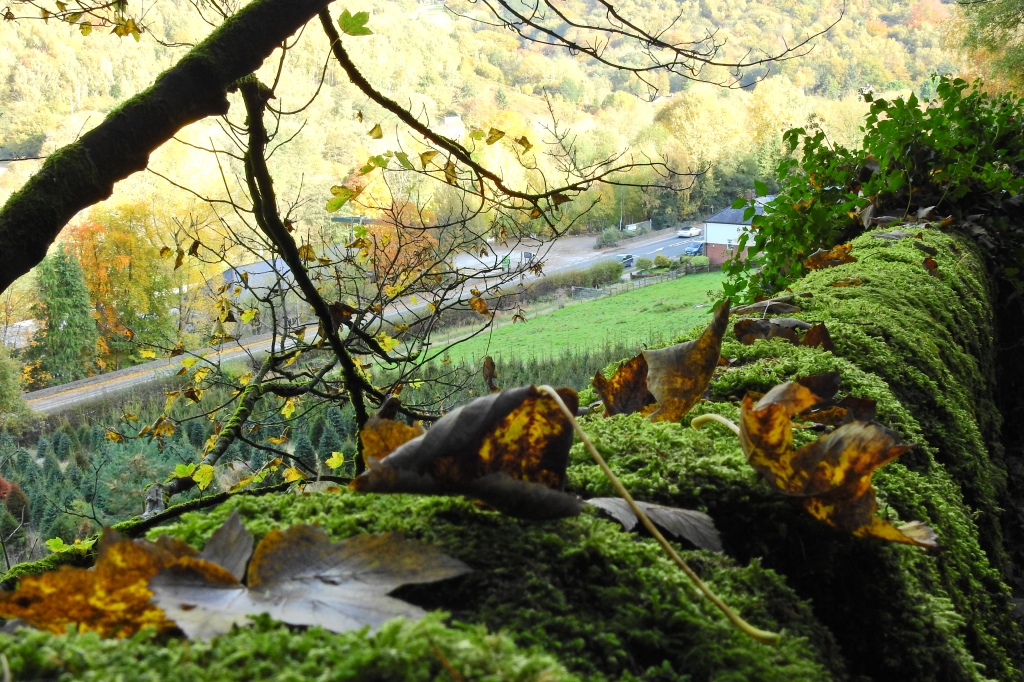





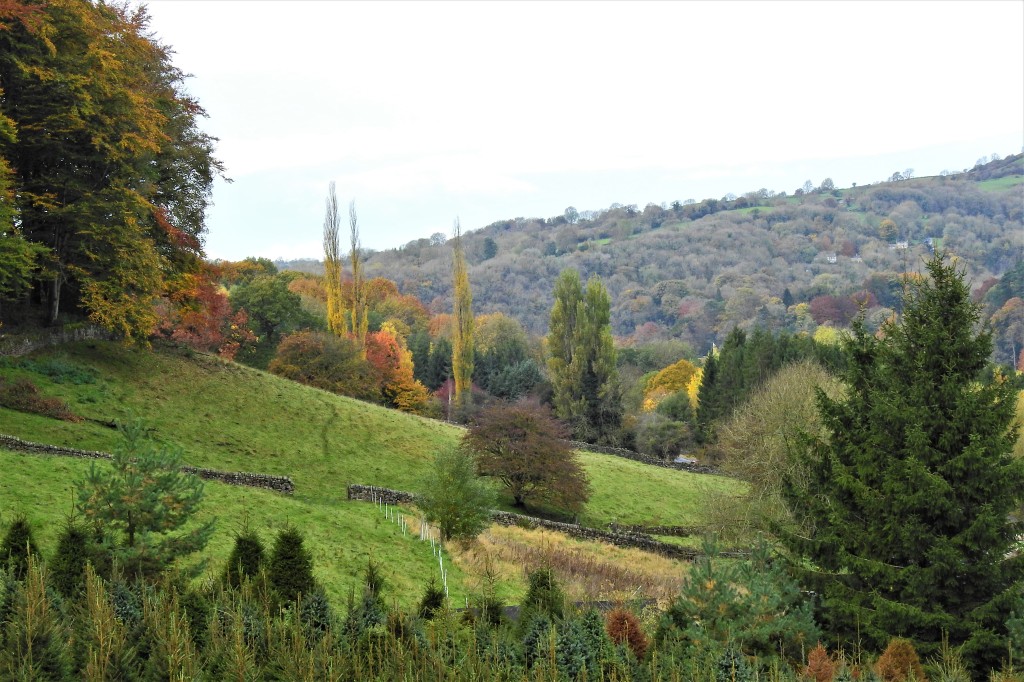


More than 350 years after this tragic event, there are still rumours of restless souls roaming the village. Unexplained footsteps apparently resound around the Miner’s Arms pub, but in a town where many houses have signs with the names of the victims on them, it is impossible to know whose footsteps they are. Or it’s probably just pure imagination …
Shortly after Jan van Riebeeck first arrived at the southern tip of Africa to establish a refreshment station for ships on their way to the far east, England was plagued by one of the biggest humanitarian disasters ever recorded. It was 1665 and London, in particular, was hard hit by the Great Plague – the bubonic plague. The plague was spread by fleas, which lived on rats, and the overpopulation, especially in poorer parts contributed to the deadly pandemic that rapidly spread among humans. The plague reached large parts of the country, especially urban areas such as York, while the countryside was left relatively unaffected.
For the inhabitants of Eyam, however, the plague would have tragic consequences and would set the stage for a human drama in which the suffering and selfless actions of the inhabitants of this small rural town would steer history in a different direction.

Around the time when planning for the construction of the castle in the Cape of Good Hope began in earnest, a bale of cloth was delivered from London to Eyam. It was late August of 1665. The picturesque Eyam, an Anglo-Saxon village in Derbyshire’s Peak District (just half an hour’s drive from where we live) had a population of about 800 souls at the time and was pest-free up to that point.
The consignment of cloth was delivered to the local tailor. The tailor’s assistant, George Viccars, saw that the material was damp and unbundled the bale of cloth to dry in front of the fire. However, the bale was full of plague-carrying fleas. George was the first resident to die a few days later.
The plague raged through the small community and by December, 42 people were dead. By the end of winter, in March 1666, many residents began packing their belongings, ready to leave town.
Summer dawned and as this terror began to spread like wildfire in the summer sun, the villagers took an incredible, courageous stance to save others from the same fate.
On June 24, 1666 the rector, William Mompesson, with the help of another pastor, Thomas Stanley, urged the residents to quarantine themselves so that the disease could not spread to neighbouring settlements.
Despite being aware of a possible painful and horrific death that awaited them, the whole town promised to sacrifice their lives to prevent the plague from claiming more lives outside the village.
By August, a year after the bale was delivered, the scorching heat of an unusually hot summer had driven the villagers to despair.
Mothers buried their own children and husbands buried their wives while outsiders watched from a nearby hill – too scared to get closer to the inhabitants of the plague village.
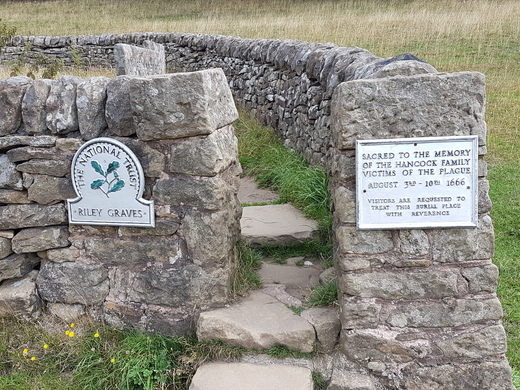
Mompesson said his wife, Catherine, noticed a sickly, sweet smell in the air the day before she also died. He also told how letters from outsiders described the stench of “sadness and death” rising from the village.
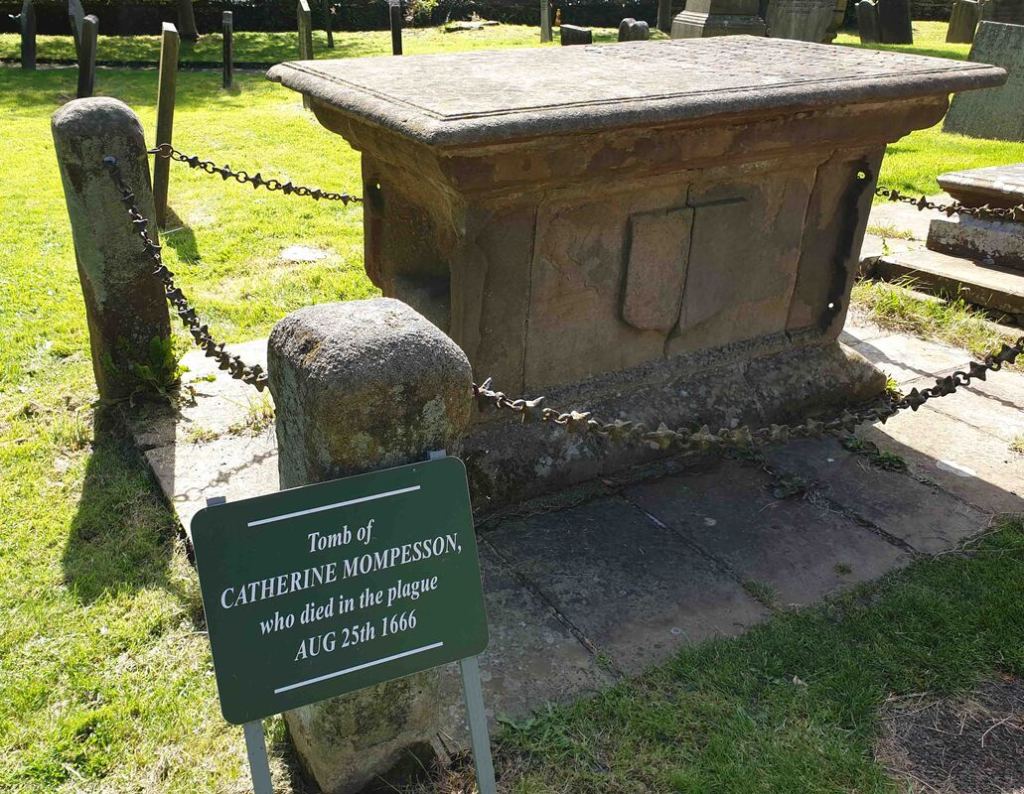
In November 1666, the plague claimed its last victim in Eyam without spreading to neighbouring communities. Eyam’s sacrifice saved countless lives.
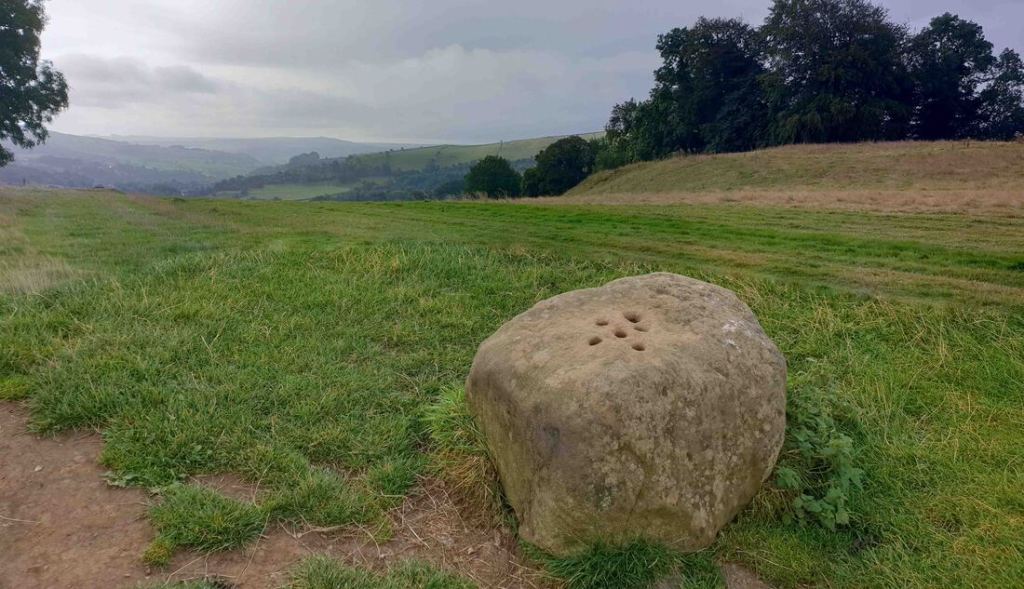
The small town lost 260 of its inhabitants to the Great Plague. It is estimated that 200,000 people died across England.
A well-known children’s song (with different variations) has its origins in this terrible period. When you hear the song again, think of the inhabitants of Eyam.
Ring-a-ring o ‘roses,
A pocket full of posies,
A-tishoo! A-tishoo!
We all fall dead.
IN THE DEPTH OF WINTER, I FINALLY LEARNED THAT THERE WAS IN ME AN INVINCIBLE SUMMER – Albert Camus.






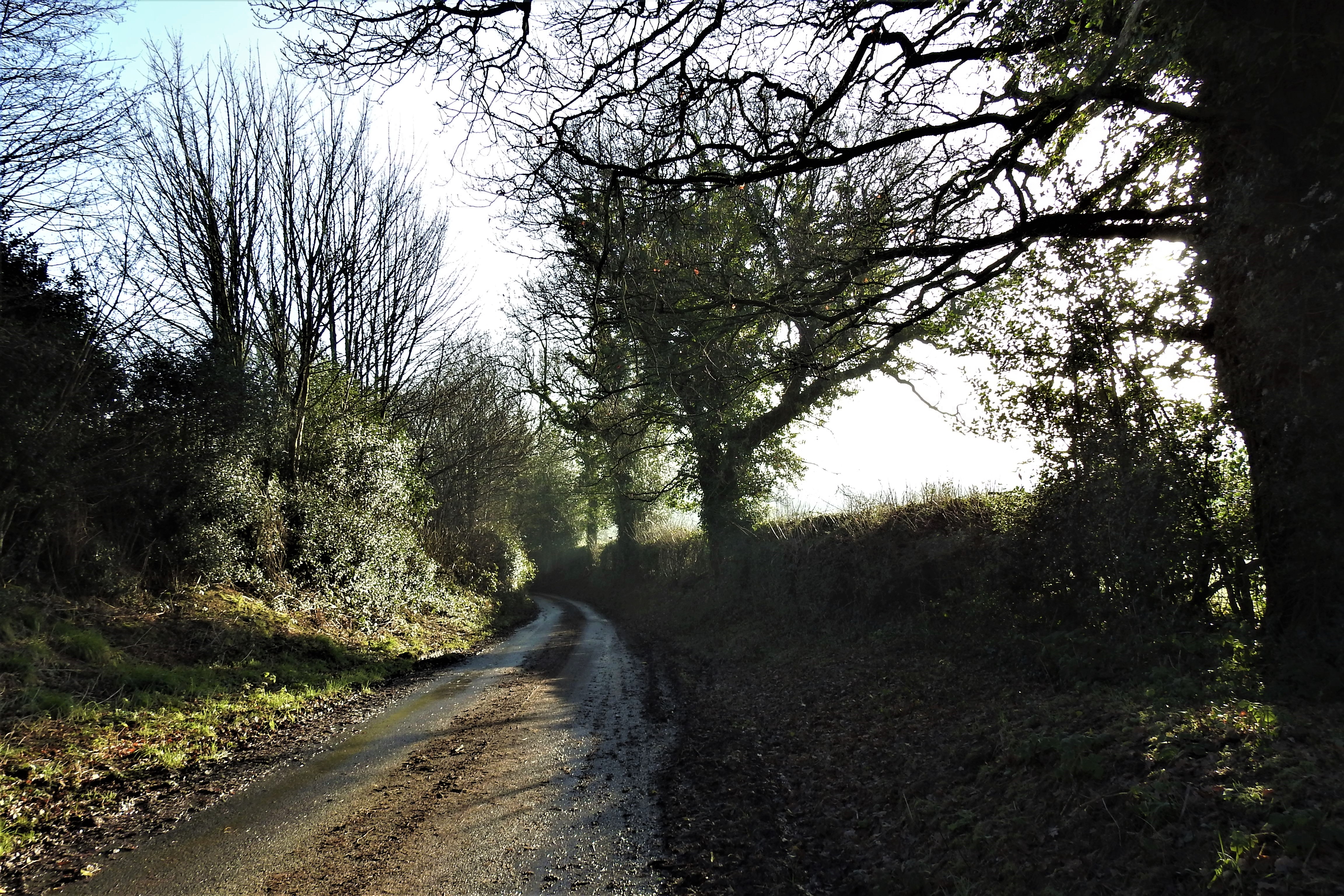






Listen…
With faint dry sound,
Like steps of passing ghosts,
The leaves, frost-crisp’d, break from the trees
And fall.
(NOVEMBER NIGHT – Adelaide Crapsey)











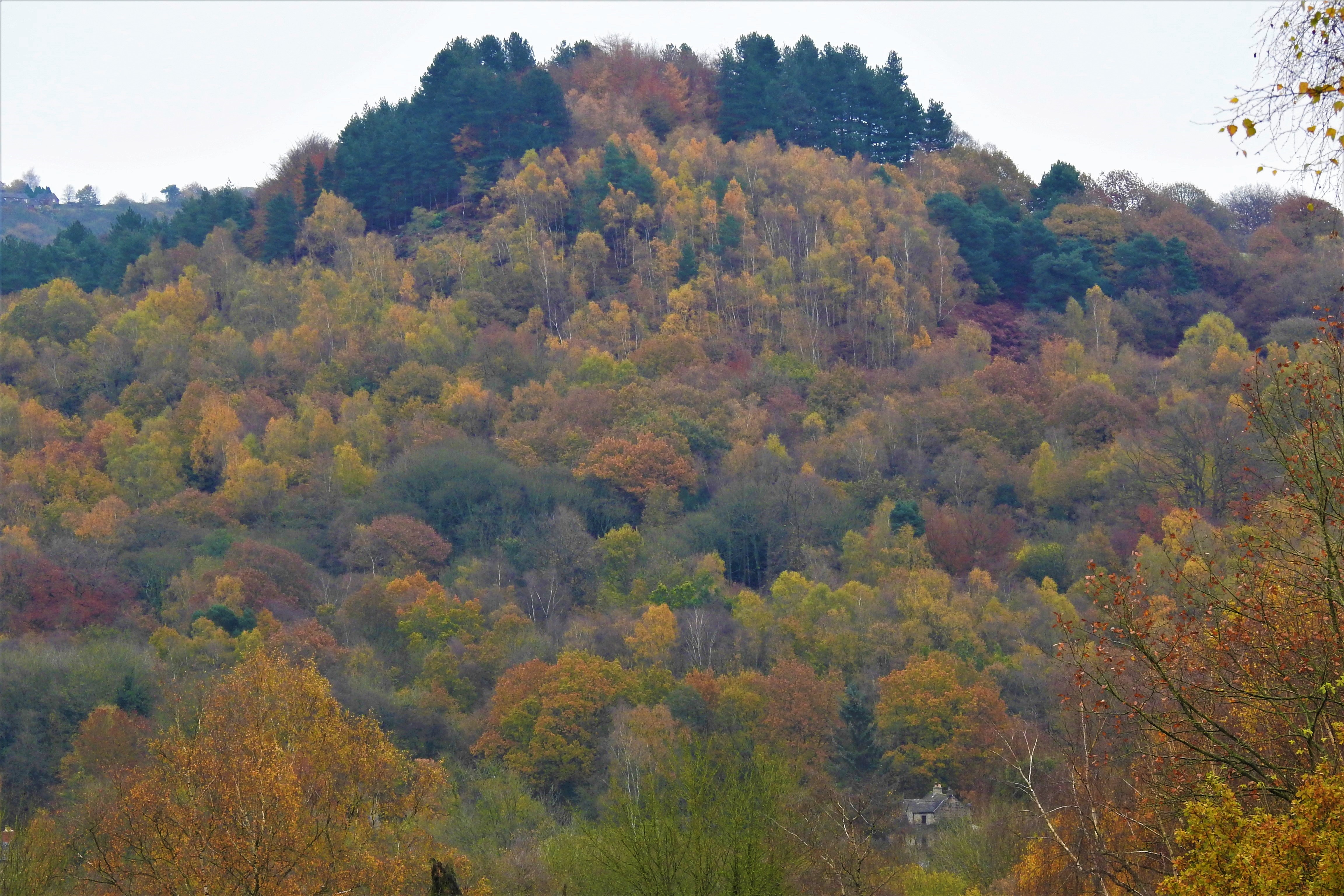
EARLY MONDAY MORNING AFTER A DRENCHED WEEKEND.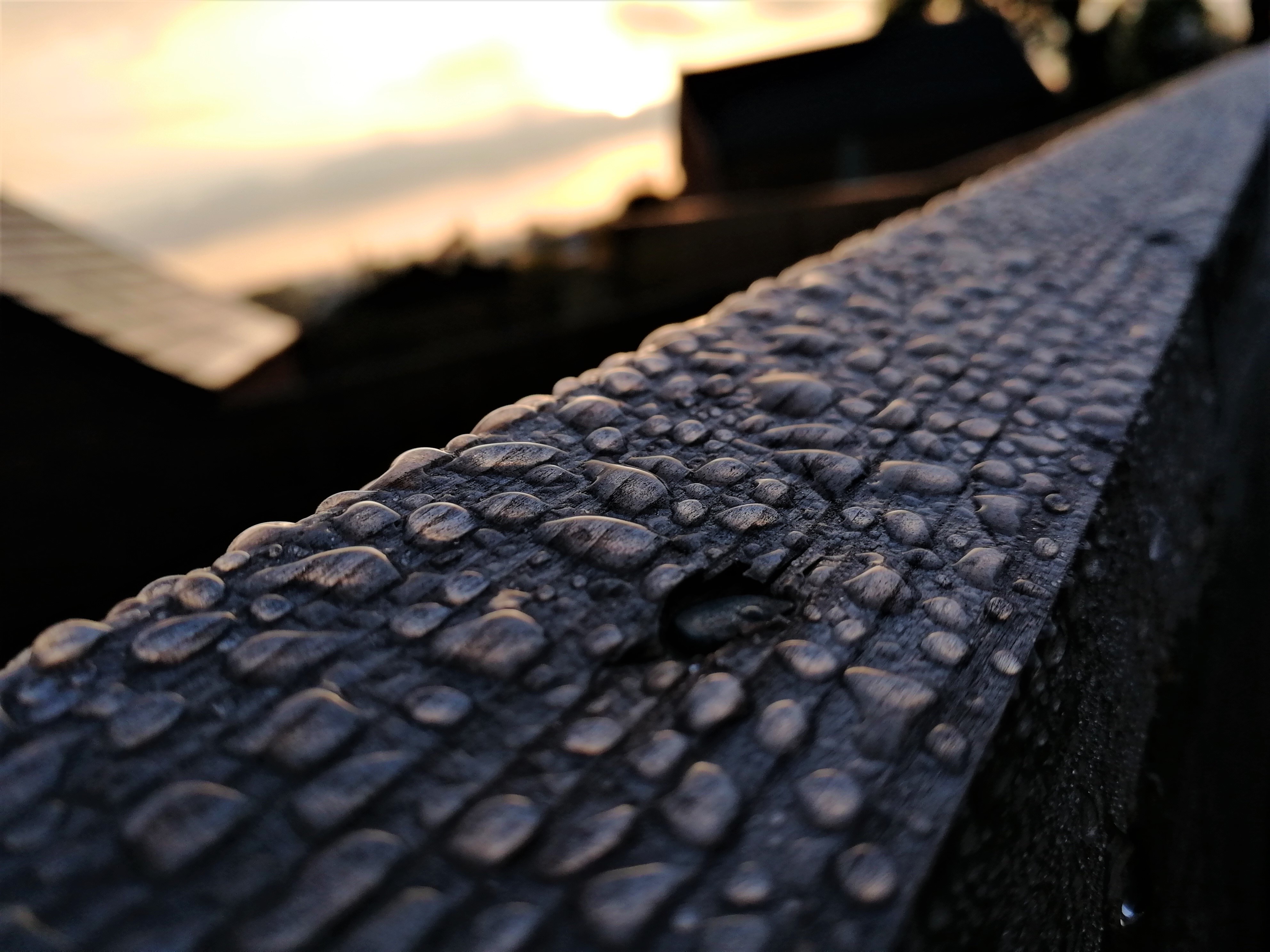










 DAY MONDAY MORNING AFTER A DRENCHED WEEKEND
DAY MONDAY MORNING AFTER A DRENCHED WEEKEND
In the hustle and bustle of daily life, we often rush past the finer detail around us. We should pause more frequently to fully appreciate the miracles of an unfathomable creation.















HIGH PEAK JUNCTION
The early bird catches … a stunning sunrise on a crisp early-autumn morning.
“The High Peak Junction, near Cromford, Derbyshire, England, is the name now used to describe the site where the former Cromford and High Peak Railway (C&HPR), whose workshops were located here, meets the Cromford Canal. It lies within Derwent Valley Mills World Heritage Site.” (Wikipedia).
The sunset is not too shabby too.












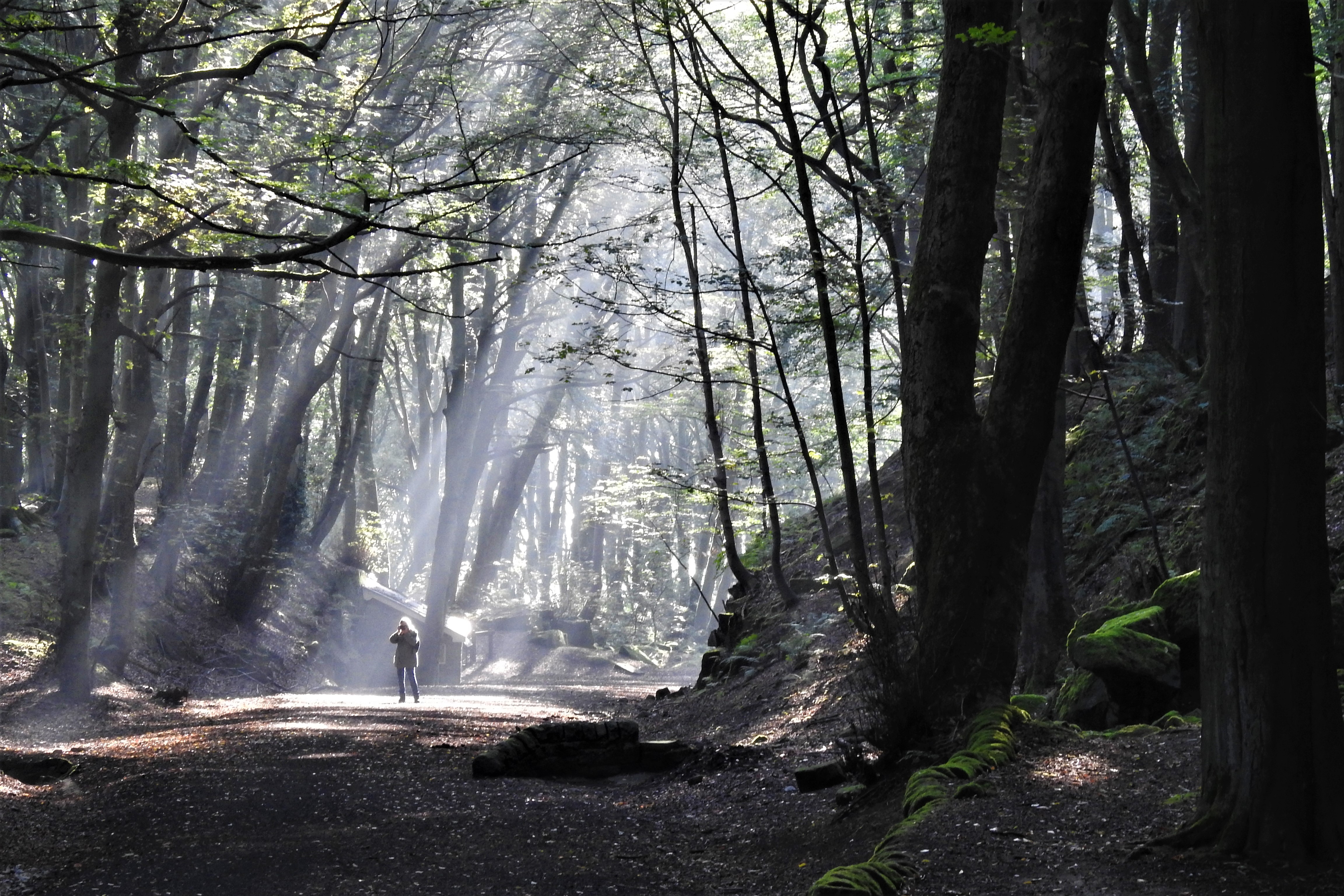














THE MANCHESTER EXPERIENCE
Over the years I’ve had the good fortune to visit many of the larger cities in the United Kingdom. From Inverness, Stirling and Edinburgh in Scotland, to Sheffield, Nottingham and Birmingham in Middle-England. I’ve been to Bath, York, Norwich, Cambridge, Chelmsford and Colchester (although not a city, it was for a time the capital of Roman Britain). I have travelled further south to London, Canterbury, Dover, Portsmouth, Brighton and Southampton, and then north and east to Oxford, Cardiff (in Wales) as well as Limerick and Dublin in Ireland. To name a few.
This past week I have added another city to the list – Manchester, the third-most populous city in the United Kingdom (after London and Birmingham). A city of many cultures, adventures and surprises. From very old Roman (and older) landmarks to hyper-modern skyscrapers and shops.
Many famous people have links with this vibrant city. Big names such as, Albert Finney, one of Britain’s best-loved stage and screen actors and Sir Ben Kingsley, who won international acclaim and an Oscar for his role as the Indian statesman, Mohandas Gandhi in the 1982 film of the same name.
Emmeline Pankhurst, who, in 1903 helped to form Suffragettes, a militant-like group of activists hell-bent on giving women the recognition they deserved. In 1999, Time Magazine named Pankhurst one of the 100 most important people of the 20th century.
Maurice, Robin, and Barry Gibb, The Bee Gees, spent their childhood practising their harmonies in a modest terraced house on Keppel Road.
Alan Turing, the Manchester University scientist, is recognised as one of the world’s most influential computer pioneers. He is often credited with founding computing and artificial intelligence as we know it. Originally breaking codes for the Brits during World War II, Turing then went on to become the director of a computer lab at Manchester University.
Oh, and then there are also two of the most famous football teams in the world, but since football is not really my thing, I will not mention it.
One day was definitely not enough to spend in this interesting city.

My son and I started the day with coffee and “The Elvis” – this psychedelic bagel with peanut butter, jam and bacon.



STATUE OF ALAN TURING



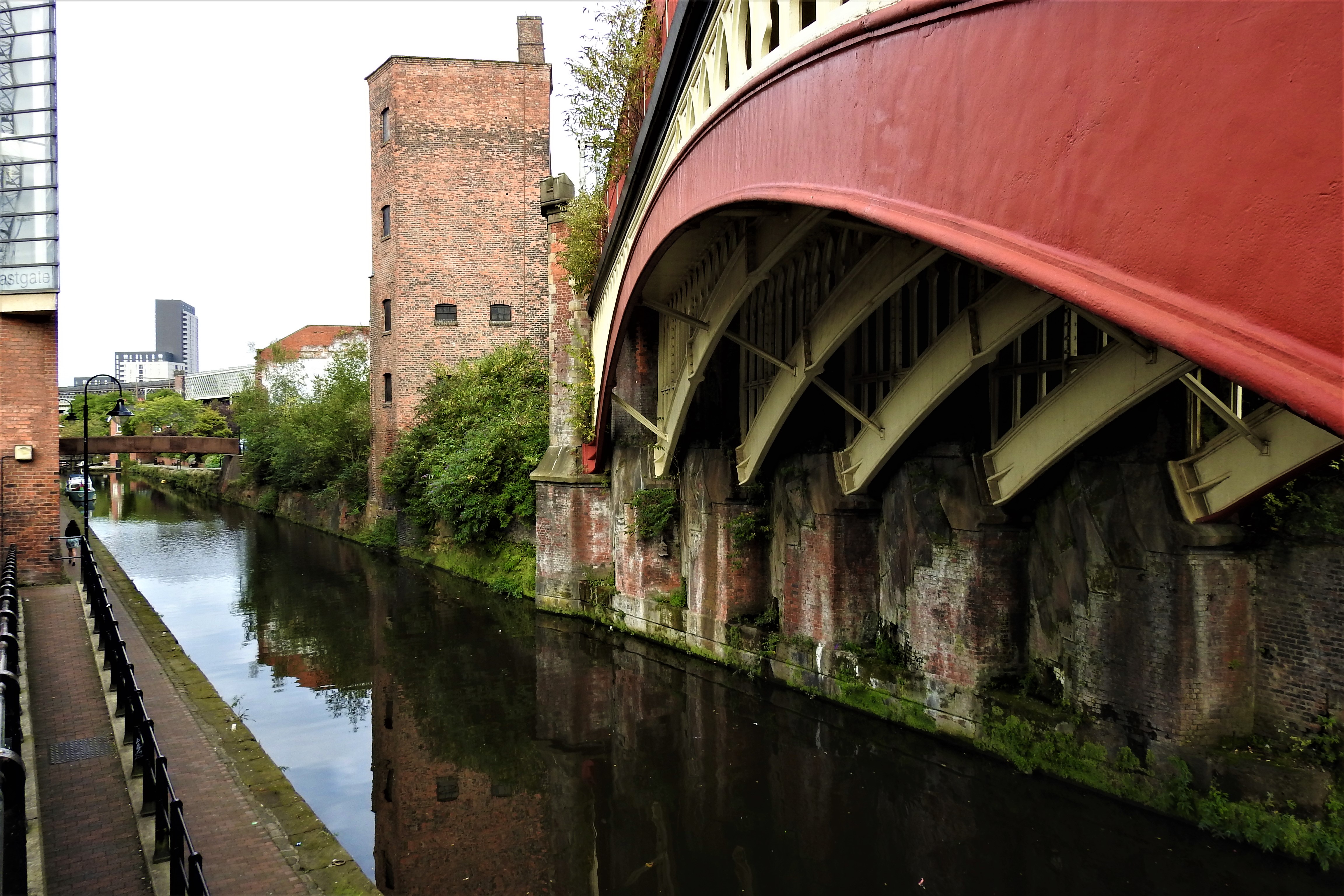

MANCHESTER CATHEDRAL




SYMI – THE SECRET GEM
Last, but surely not least (of our Greek experiences) – Symi.
This little gem of an island has no reputation as (or desire, for that matter, to become) a cosmopolitan island and does not compete with islands such as Mykonos and Santorini, known for their nightlife and expensive hotels.
It is said that Michael Douglas and Catherine Zeta-Jones once stepped off their luxurious yacht on Symi island to stretch their sea-legs and went to one of the many restaurants on the island – and were quite surprised to be able to walk freely there without masses of people and paparazzi tagging along.
Although the island offers several exclusive boutiques, also found on the more popular, exciting, cosmopolitan islands, Symi comes without the decadence of many of the other ports. Summer is very hot and humid and well-dressed Europeans and other fashion conscious guests temporarily occupy Symi, but there is no jet setting. Visitors are chic but friendly and respectful towards the local environment. Lisandro from Muses once told a journalist, “Princess Caroline of Monaco was here and people thought to themselves: You might be a princess, but you’re not from Symi.”
The harbour welcomes you like a mother welcomes her long lost children – whether you are famous or not. Many famous actors, politicians, ship owners and models have visited the island – Symi is chosen by all who do not want to attract the attention of others and prefer an authentic Greek holiday experience. This is evidenced in the summer by the numerous yachts docking at the port of Symi.
The island oozes Mediterranean charm, as if a stylist has designed it that way and the harbour extends towards crystal clear water where blue chairs and tables are covered with white linen.
It may not be Mykonos or Santorini but it has been a top island for some time – fortunately too small to be noticed by too many people.

IN RHODES HARBOUR WAITING TO DEPART TO SYMI.

SYMI, HERE WE COME!

ARRIVING IN SYMI HARBOUR.

ARE WE BEING OBSERVED?


SHUCKS! GROCERY SHOPPING MUST BE A NIGHTMARE (IF YOU ARE NOT FIT)!
















OLIVES

DATES AND PRICKLY PEARS







TRYING THE LOCAL CUISINE – SYMI-SHRIMPS (EATEN WITH SHELL AND ALL)
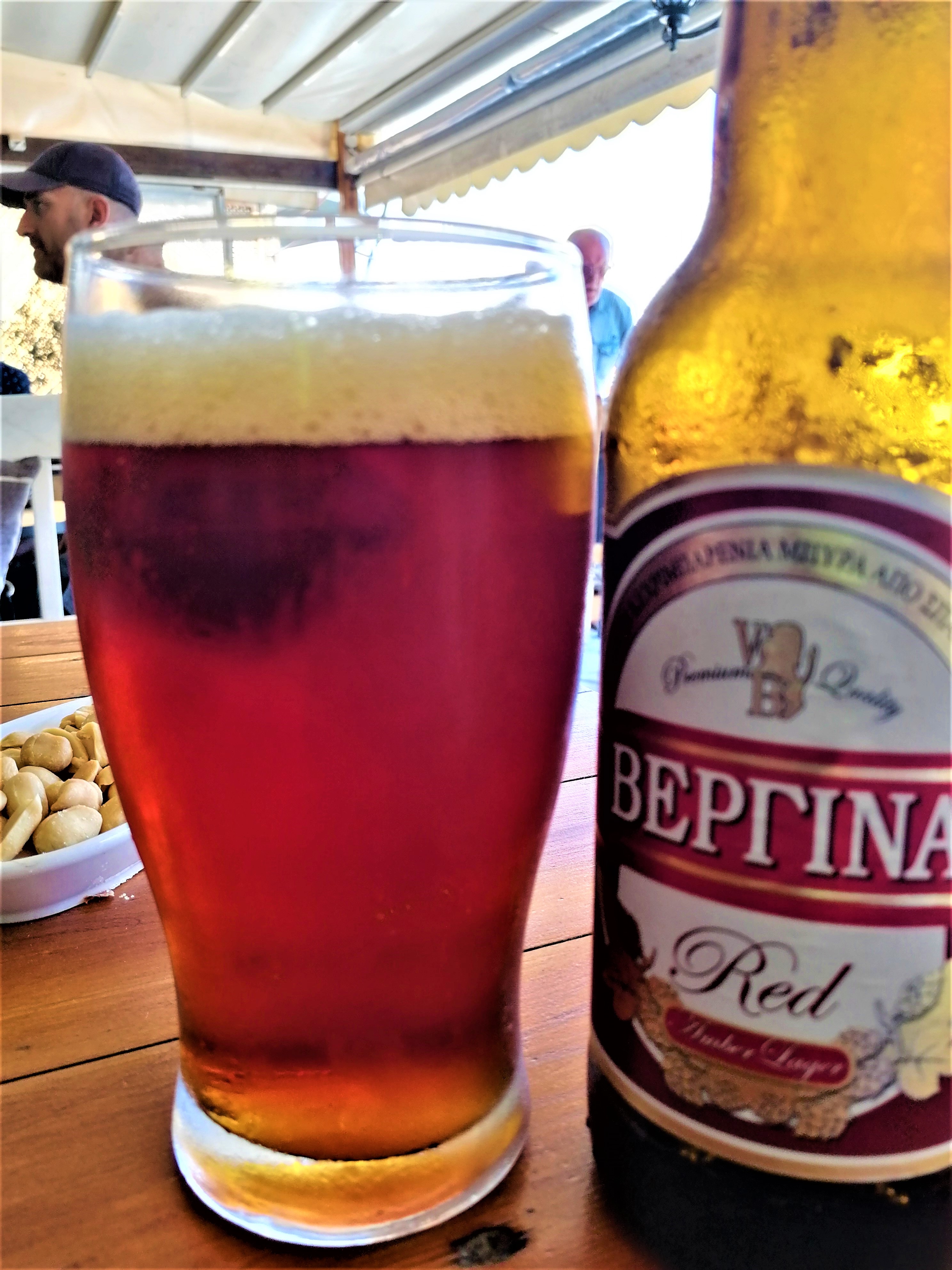
Enter a caption
RHODES – A COLOSSAL EXPERIENCE
Did you know that there are more than 3000 islands in the Greek archipelago? Three thousand! (Some people say 6000.)
Rhodes Island – affectionately known as the Island of Endless Sunshine – is one of the larger ones. Rhodes (town), the principle city of the island, is divided into the old town and new town.
Historically, Rhodes was famous worldwide for the Colossus of Rhodes, one of the Seven Wonders of the Ancient World. Two statues of deer on top of two columns mark the supposed location of this gigantic statue at the entrance to the Mandraki harbour that is guarded by the charming fort of Saint Nicholas that doubled as a lighthouse.
I absolutely lost myself meandering with my camera through the medieval stone-paved alleyways of the old town. Today, Rhodes old town is a UNESCO World Heritage Site. This time capsule exists within the imposing walls built in the 14th century by the Knights of St. John who used the island as their home.
The modern Rhodes, with stretches of white beaches, cobalt-blue sea and exquisite cuisine, was exactly how I had always imagined a Greek island to be.
Next year, if we still walk the earth, we will go back to Rhodes. This time for my daughter’s wedding!
Antio Rodos! Until next year …

THE TWO COLUMNS MARK THE SPOT WHERE THE FEET OF THE COLOSSUS OF RHODES SUPPOSEDLY ONCE STOOD









NEXT YEAR THIS TIME!


WONDERFUL FRIENDS!






I HAVE NEVER SEEN SO MANY CATS IN ONE PLACE!







OUZO AND GREEK CUISINE






THIS LITTLE GIRL JUST MADE MY DAY WITH HER HAPPY SALUTATION AND BRIGHT SMILE








NOTE TO SELF: Never! NEVER! Never ever climb on top of a heap of building rubble, gravel and soil to take a picture of the magnificent view on the other side wearing FLIP-FLOPS! No scene is worth it, no matter how beautiful.